Discover Via Francigena: The Road to Rome
-
Camino to Rome vs Camino to Santiago
- Popularity: In comparison to the Camino to Santiago, which attracts thousands of pilgrims each year, walking the Via Francigena is a different experience with uncrowded paths that are off the beaten track. The Via Francigena will have you walking through interesting landscapes and historic villages, ideal for those looking for a peaceful walking experience. The Camino to Santiago has more of a social aspect as you are more likely to meet fellow walkers on a daily basis.
- Waymarking: Where the Camino de Santiago has yellow arrows and scallop shells as the marking along the route, the Via Francigena uses red and white stripes as well as the Francigena pilgrim, or a combination of both. The Via Francigena is reasonably well waymarked, although it can at times be more difficult to find. The waymarking is still a work in progress and it has improved since the resurgence in popularity. With our route notes and GPX tracks, we can ensure that you will not have any problems finding your way.
- Road walking: Some of the original paths of the Via Francigena are now roads, varying from quiet country roads to fairly busy ones. Where possible we have improved the experience so you may either only follow these roads for a short time or divert from the traditional route to enjoy a more relaxed walk. The Camino de Santiago is much the same and also includes road walking, although to a smaller degree in comparison.
![Camino to Rome vs Camino to Santiago]()
- Popularity: In comparison to the Camino to Santiago, which attracts thousands of pilgrims each year, walking the Via Francigena is a different experience with uncrowded paths that are off the beaten track. The Via Francigena will have you walking through interesting landscapes and historic villages, ideal for those looking for a peaceful walking experience. The Camino to Santiago has more of a social aspect as you are more likely to meet fellow walkers on a daily basis.
-
Which stage is for me?
Not all of us are lucky enough to have 50 consecutive days to walk one of Europe’s finest pilgrimages to the Italian capital of Rome. The good news is that even with limited time, you can enjoy parts of this ancient trail. You could choose to walk an individual stage or perhaps combine multiple stages. Although it is a hard choice to make, here are some of our favourite sections!
Starting off in Bourg-Saint-Pierre in the heart of the Swiss Alps, the first stage crosses the Great St Bernard Pass into Italy, finishing in St Martin in the Aosta Valley. As you traverse a high mountain pass, this section is best enjoyed from mid-June onwards.
The final stage of the Via Francigena takes you from the hilltop town of Montefiascone to Rome, the eternal city. Follow trails through the classic Italian landscapes of Lazio, rural and pristine areas of Italy that many tourists do not visit!
Stage 4 from Fidenza to Aulla takes you to the foothills of the scenic Apennine Mountains, also known as "the backbone of Italy". Cross the Cisa Pass and walk from Emilia Romagna towards the northern Tuscan border. Another highlight of this section is the famous food of the Parma region, a foodie paradise!
Known to have better waymarking than other regions of the Via Francigena, Stage 6 gives you a real flavour of quintessential Tuscany. Visit medieval villages, such as San Miniato, San Gimignano, Monteriggioni, Siena, and San Quirico d'Orcia. This trip includes many highlights of central Tuscany, with its wealth of history, culture, and art.
Easily combined with the previous stage in central Tuscany, Stage 7 continues through the heart of Tuscany on the northern edge of Val d’Orcia. From the ochre-coloured landscapes of the Crete Senesi (UNESCO) to Montefiascone, where you can enjoy views of Lake Bolsena.
![Which stage is for me?]()
-
When in Rome
Italy’s capital is one of the most romantic cities, it is vibrant, filled with ruins and European art, and has many welcoming restaurants. We would recommend spending some extra time getting to know this world-class city and here are some reasons why!
Visit its ancient icons such as the Colosseum – the symbol of Rome and the biggest amphitheater that was ever built, the Pantheon which now serves as a church but used to be a temple and the Roman Forum.
Admire its artistic heritage which is certainly not hard to find when strolling through the city. Masterpieces include sculptures by Michelangelo, paintings by Caravaggio, frescoes by Raphael, and fountains like the Trevi Fountain with its sparkling waters filled with coins! If you only have time to visit one art gallery, make it Galleria Borghese as it has one of the most impressive private art collections.
Discover the Vatican, the world’s smallest city-state and headquarters of the Roman Catholic Church. The Vatican Museums, Sistine Chapel, St. Peter’s Basilica, and St. Peter’s Square can not be missed. The pope holds Papal Audiences most Wednesdays and recites the Angelus prayer on Sundays at noon.
Watch the world go by on one of Rome’s lively piazzas while enjoying a refreshing aperitivo. The cobblestoned streets of Travestere are filled with trattorias, bars, and terraces where you can listen to local musicians. Piazza Navona with a fountain by Benini is a popular square among the locals. Soak up la dolce vita in one of the romantic outdoor settings of refined restaurants or head for a truly authentic meal to a local pizzeria.
![When in Rome]()
-
Discover Rome
After completing your pilgrimage, take time to explore Rome, one of the most vibrant and historic cities in Europe.
Ancient Icons: Visit iconic landmarks like the Colosseum, Pantheon, and Roman Forum. Experience the Vatican, from St Peter’s Basilica to the Vatican Museums.
Art and Architecture: Discover masterpieces by Michelangelo, Caravaggio, and Bernini, or admire the frescoes of the Sistine Chapel.
Culinary Delights: Stroll through charming cobblestone streets and enjoy authentic Italian cuisine in Trastevere or at a local pizzeria.
Jubilee Year 2025: Make the most of this significant year by attending Jubilee celebrations, exploring Rome's Holy Doors, and experiencing the city's spiritual vibrancy. As this historic occasion unfolds, Rome is set to welcome an influx of visitors eager to join pilgrims in a transformative journey of renewal, reflection, and faith.
Make your trip unforgettable with Macs Adventure—your trusted partner for self-guided walking holidays.![Discover Rome]()
-
FAQs about the Via Francigena
Best Time to Walk the Via Francigena?
The best time to walk the Via Francigena is from May to October. The alpine stages, such as the Great St Bernard Pass, are best explored from mid-June to late September when the trails are snow-free.
How Long Does It Take to Walk the Via Francigena?
The full Via Francigena route from Canterbury to Rome is over 1,243 miles (2,000km) and takes approximately 50-70 days to complete. For those with less time, Macs Adventure offers shorter, stage-based itineraries that range from 5-15 days.
Can You Cycle the Via Francigena?
Yes, cycling the Via Francigena is a fantastic option, especially for those looking to cover longer distances. Macs Adventure offers self-guided cycling tours with tried and tested routes, reliable bike hire, and expert support.
How do you pronounce Via Francigena?
It’s pronounced “Vee-a Fran-CHEE-geh-na,” with an emphasis on the “chee.”
How many people walk the Via Francigena?
While it’s less crowded than the Camino de Santiago, the Via Francigena welcomes thousands of walkers annually, with numbers increasing each year.
How busy is the Via Francigena?
The Francigena pilgrimage is less busy than the Camino, offering peaceful trails and more intimate encounters with locals and fellow pilgrims.![FAQs about the Via Francigena]()
-
Why Choose Macs Adventure for the Via Francigena?
Macs Adventure has been offering exceptional self-guided Via Francigena walking tours since 2013, making us a trusted leader in this unique travel experience.
We provide:
- Pre-booked, hand-picked accommodations with breakfast included.
- Daily luggage transfers, so you can enjoy the trail with just a daypack.
- Easy-to-use GPS navigation in our award-winning Macs Adventure app.
- Comprehensive route guides, pilgrim documents, and a special pilgrim pack.
- Expert local support and unparalleled knowledge from our adventure specialists.
- The freedom to travel at your own pace, connect with local cultures, and create lasting memories.
Start your journey knowing all logistics are taken care of, leaving you free to embrace the unique beauty of the Francigena route.
![Why Choose Macs Adventure for the Via Francigena?]()






















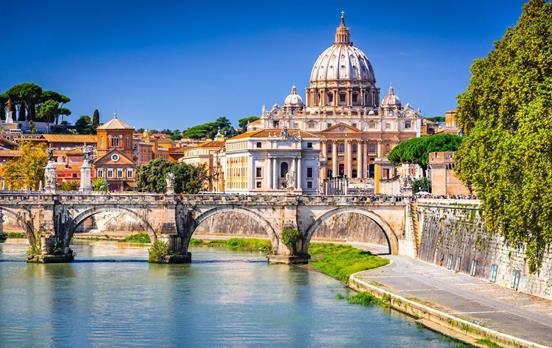
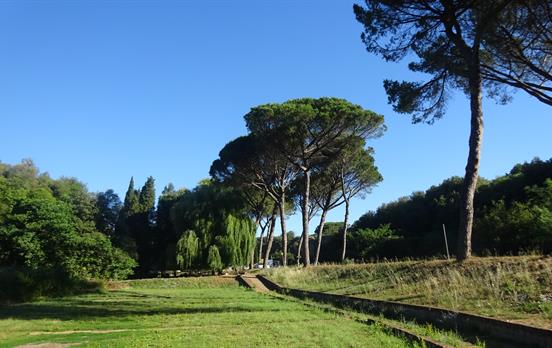
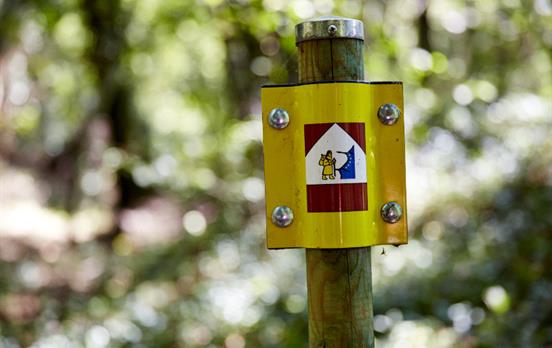

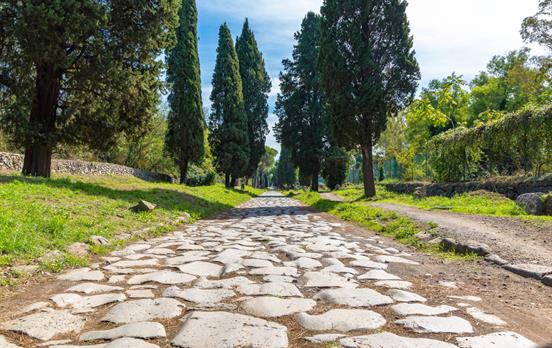
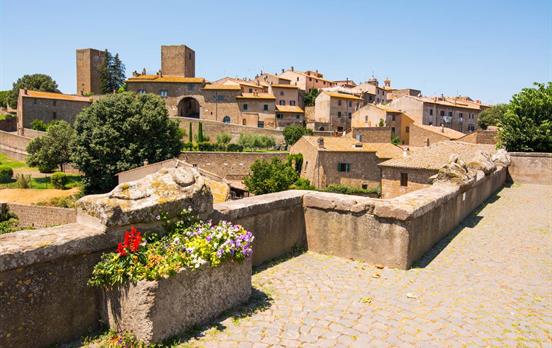
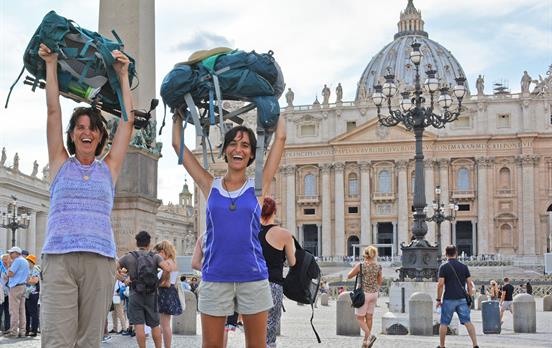
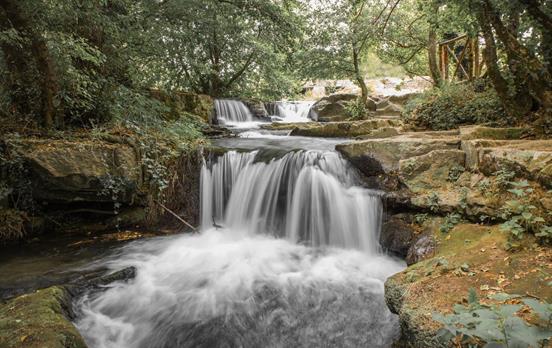
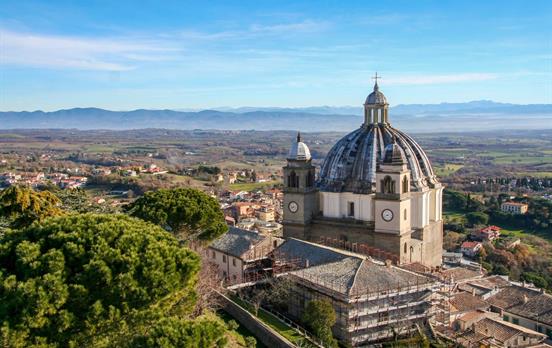
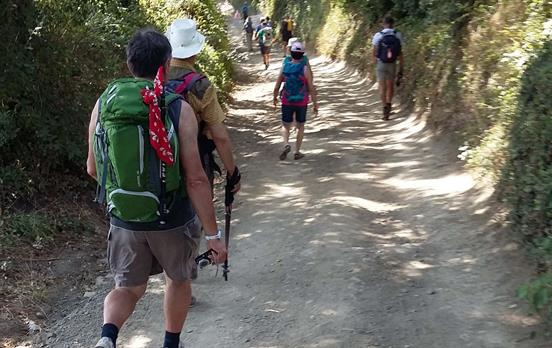

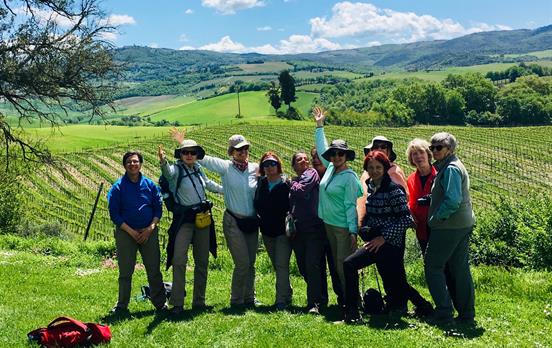
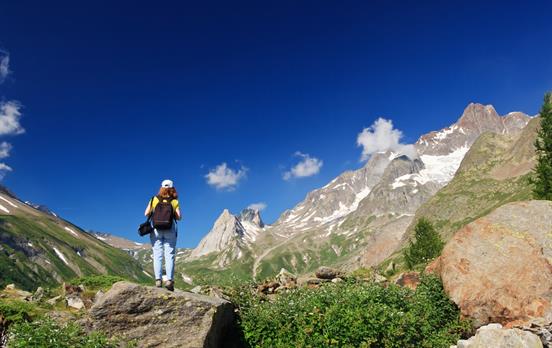
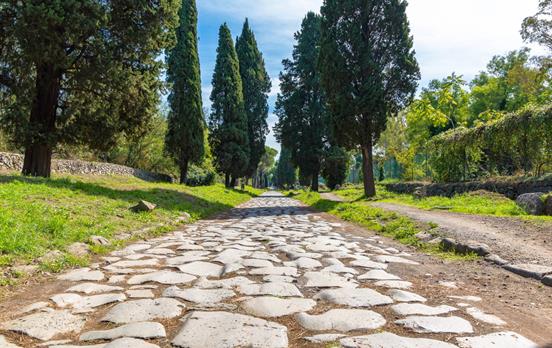
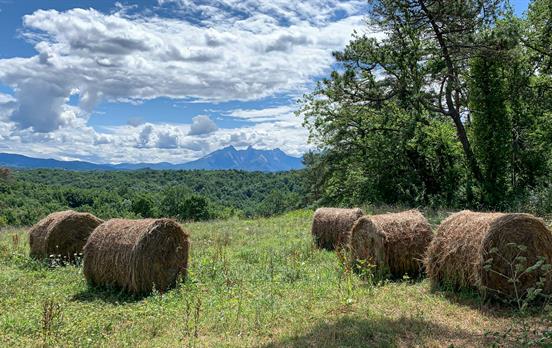
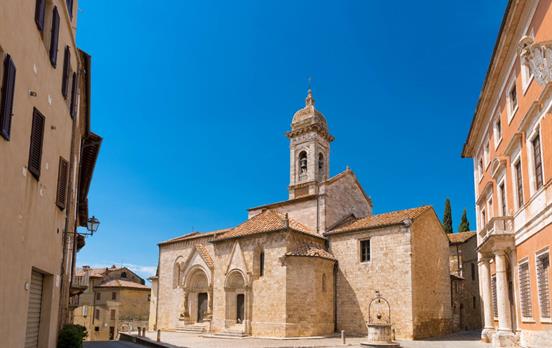
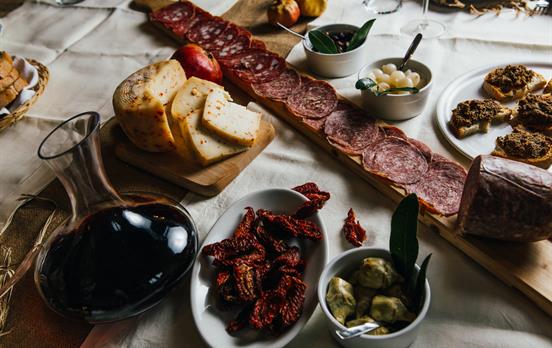
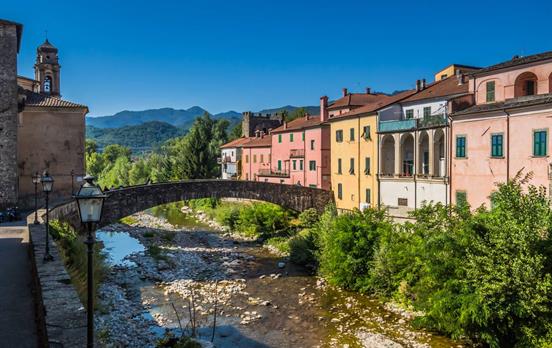
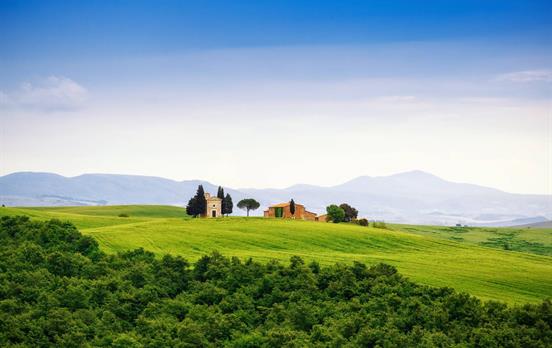
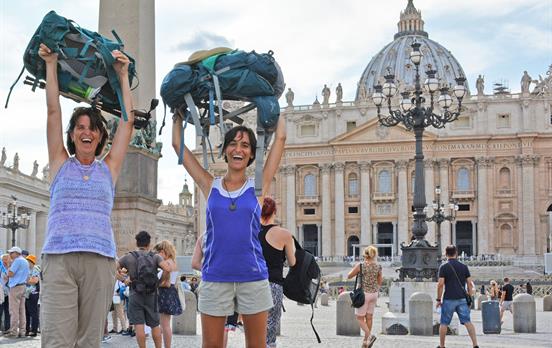


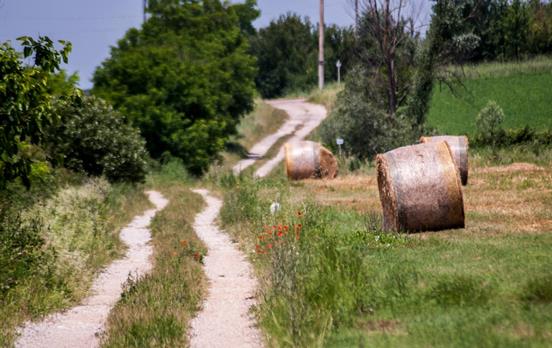
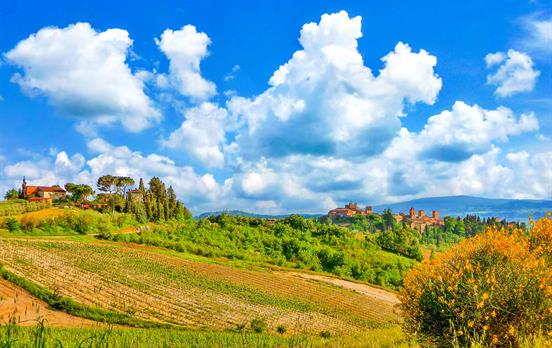
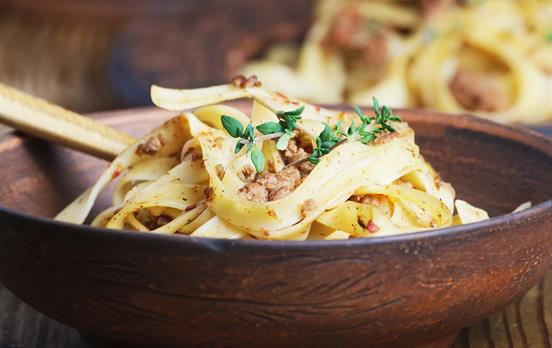
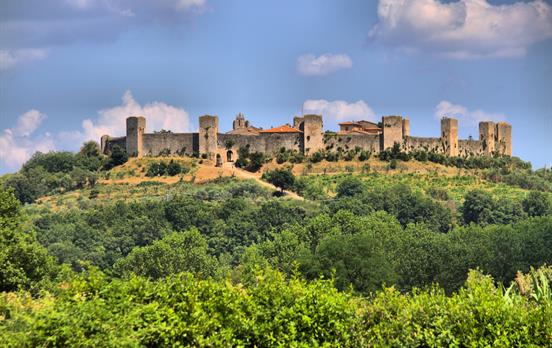
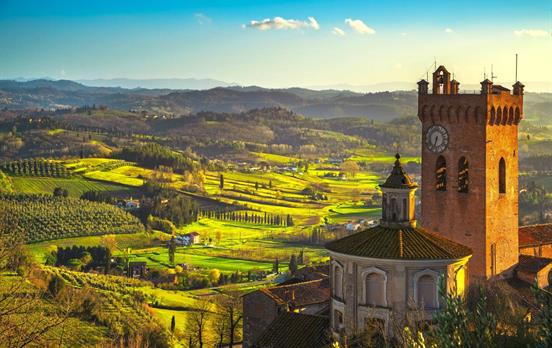
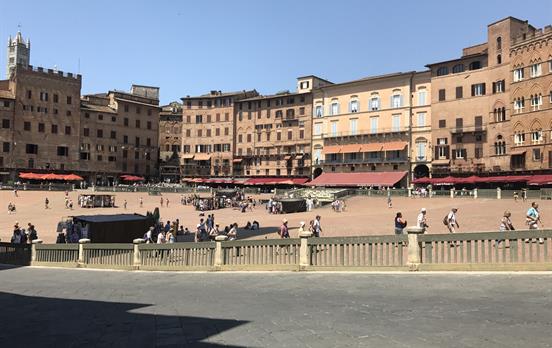
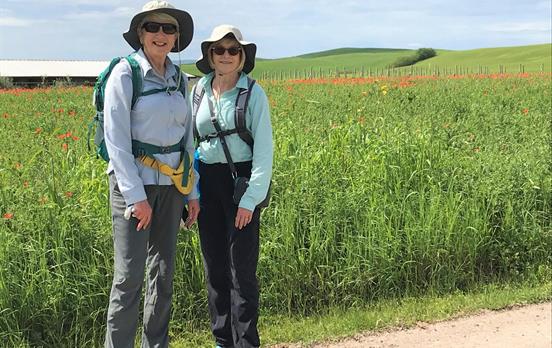
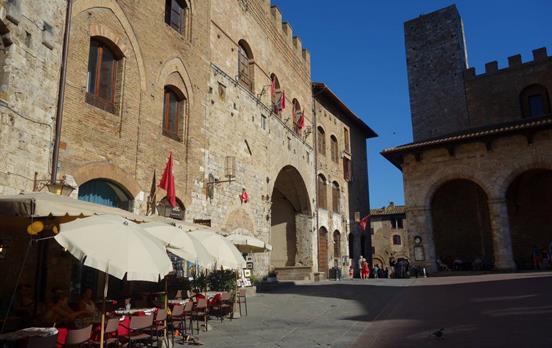
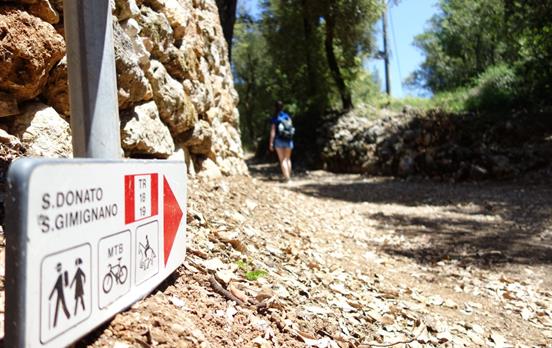

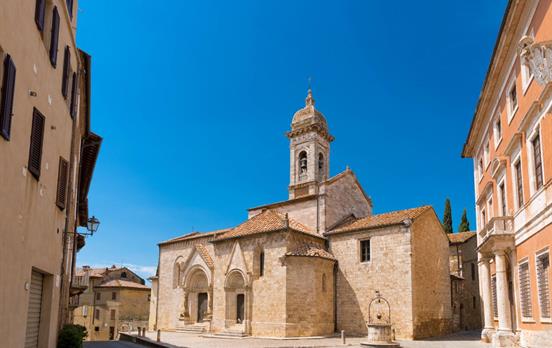
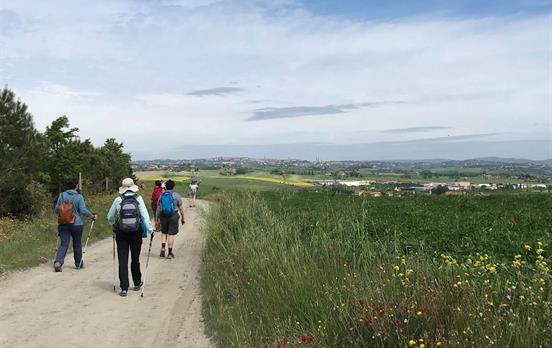
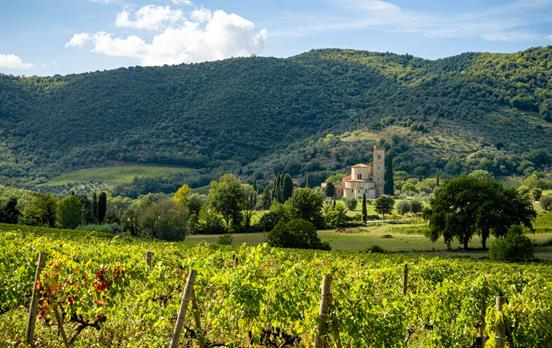
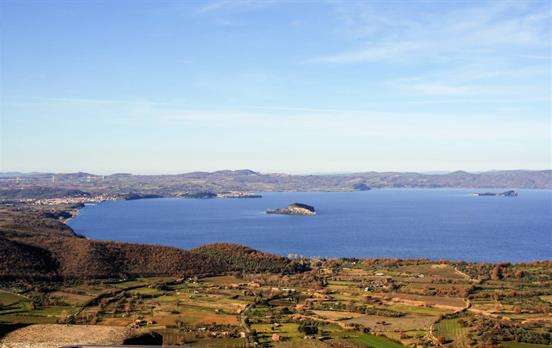
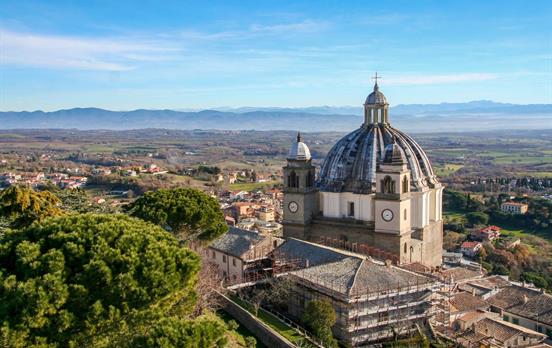
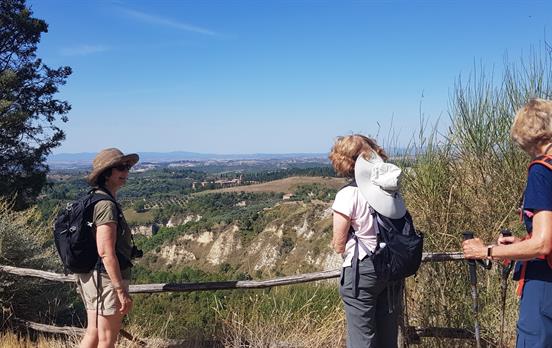
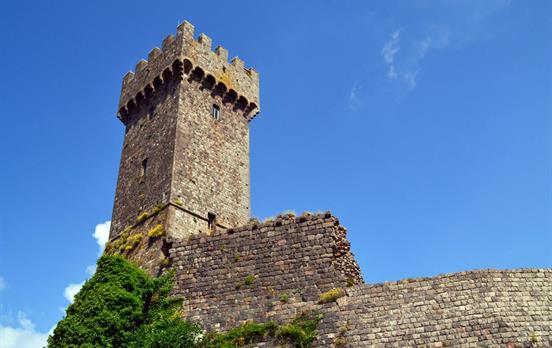
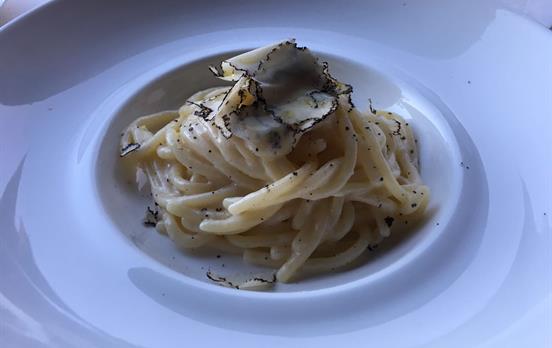
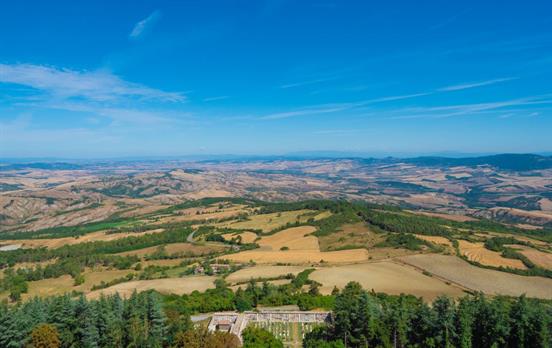

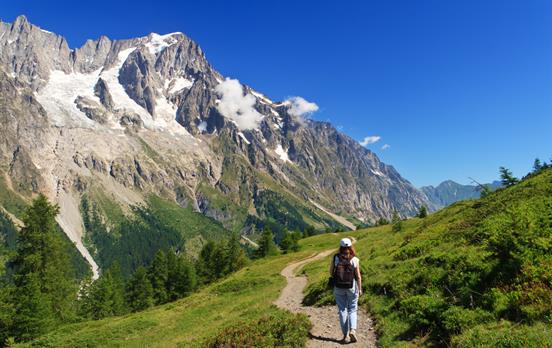
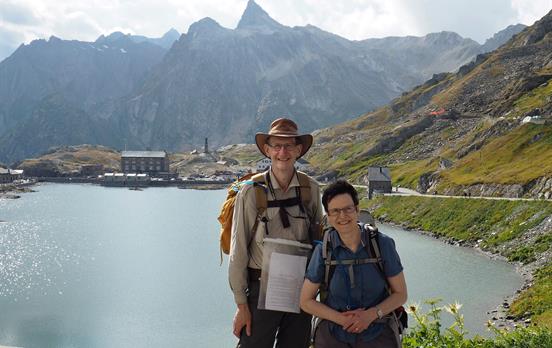
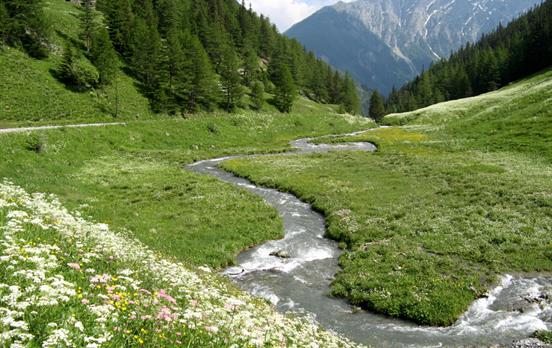
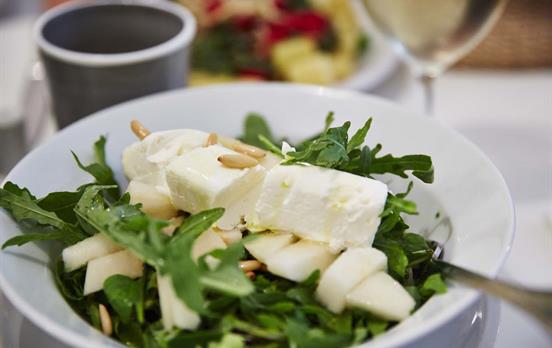
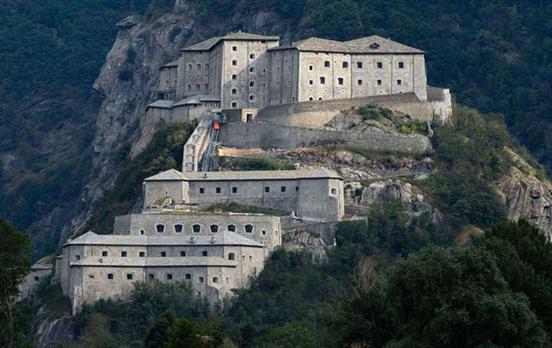
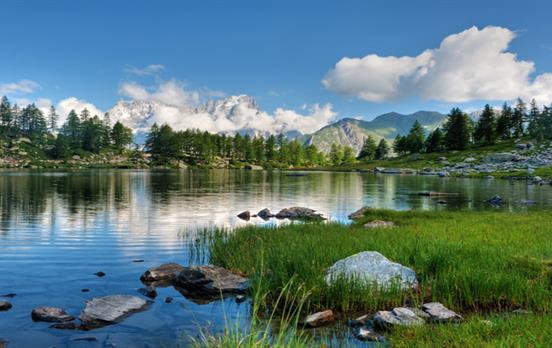
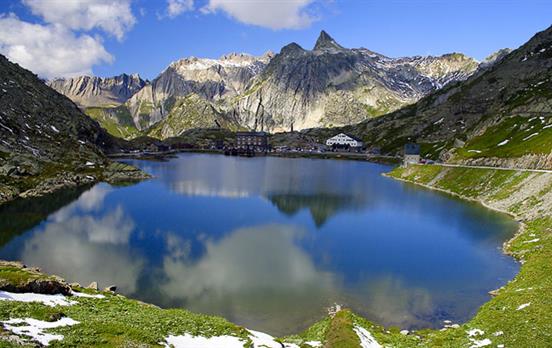
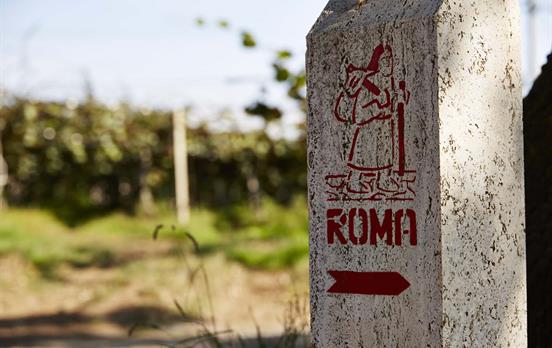


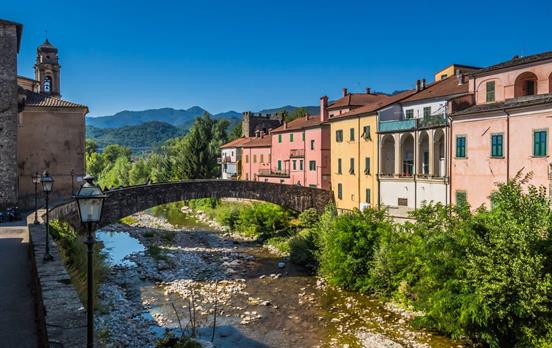
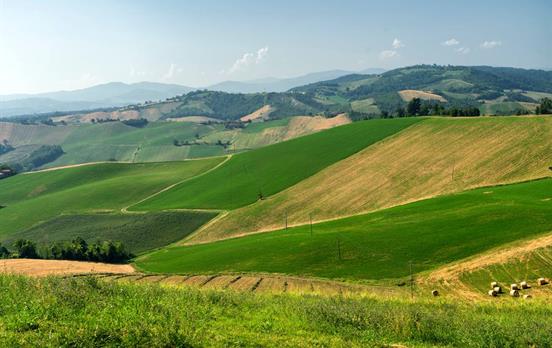
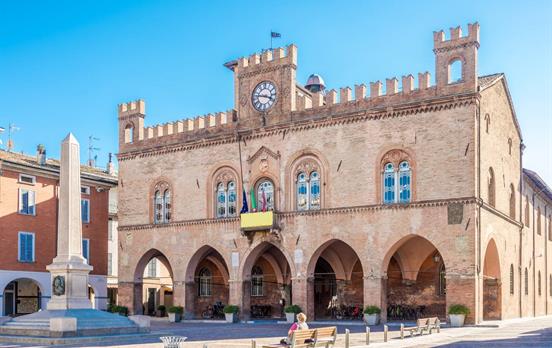
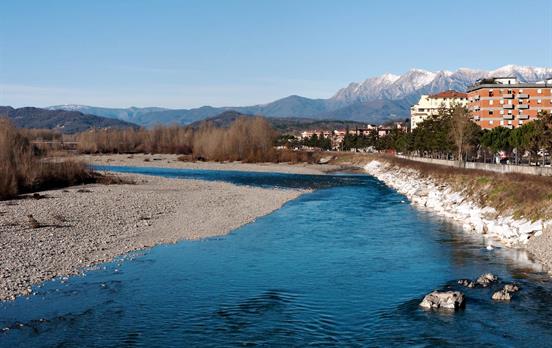
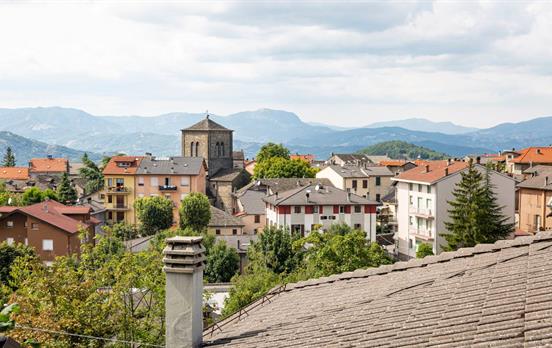
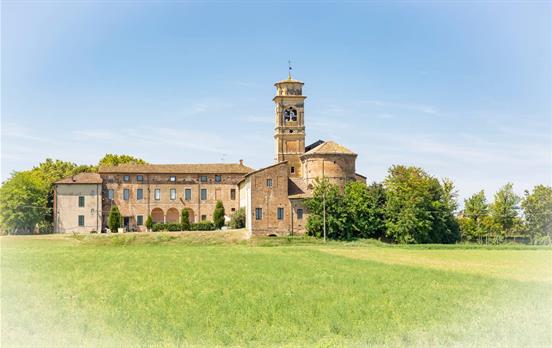
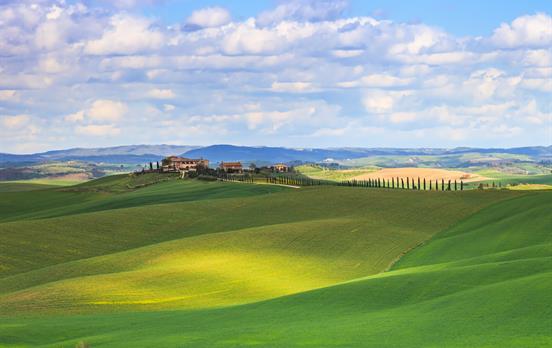
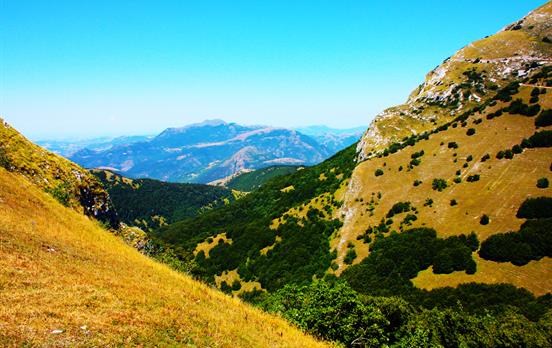

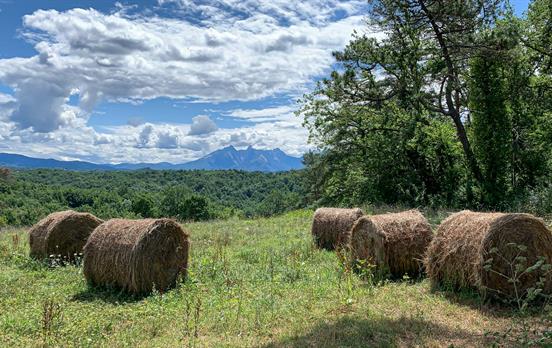
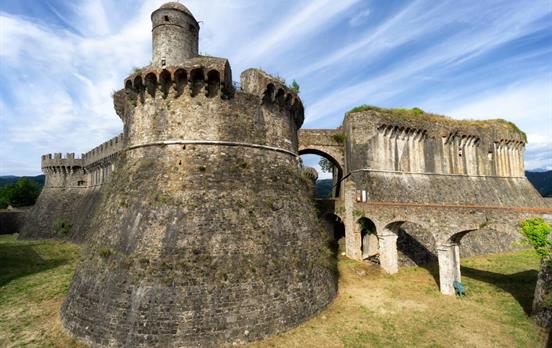
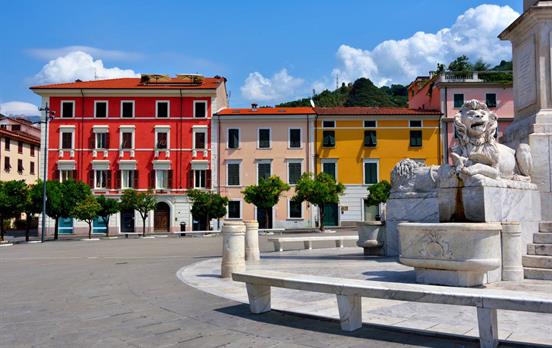
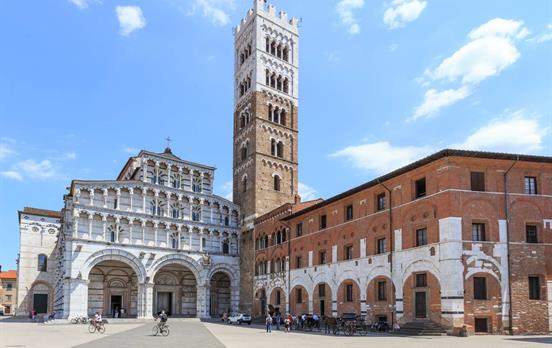
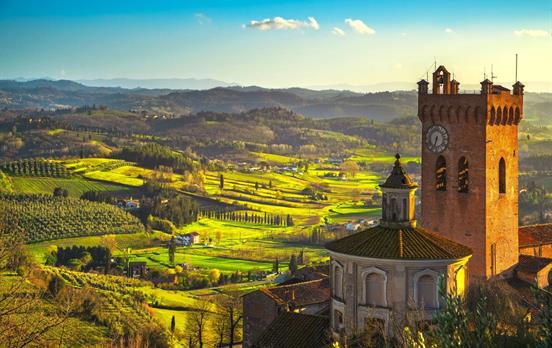
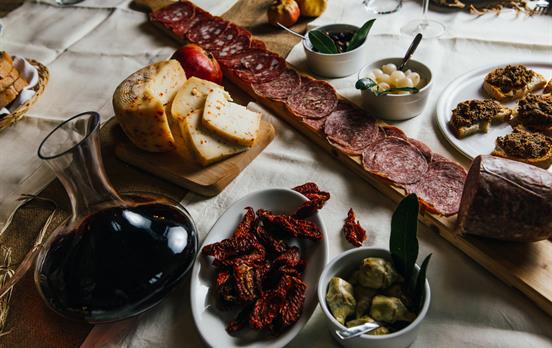
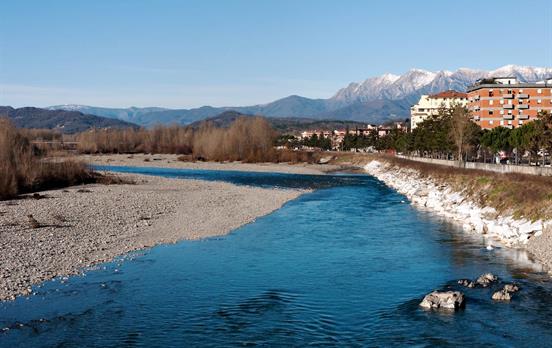
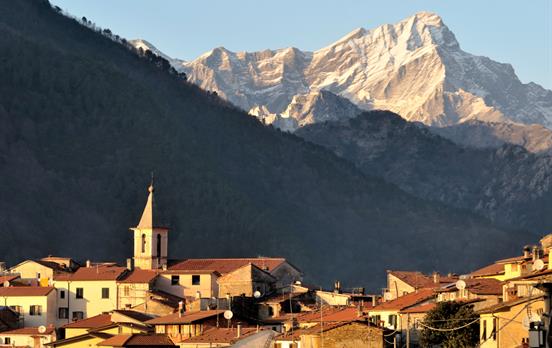
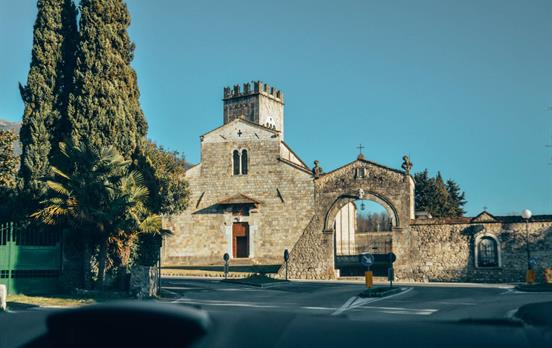


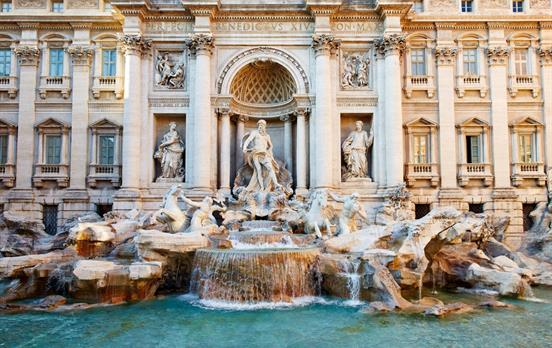
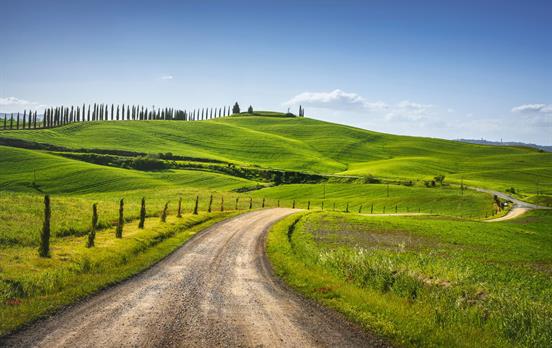
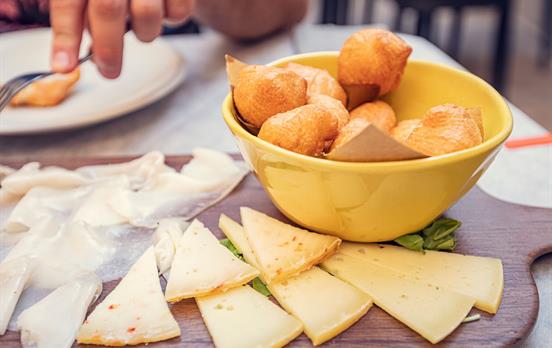
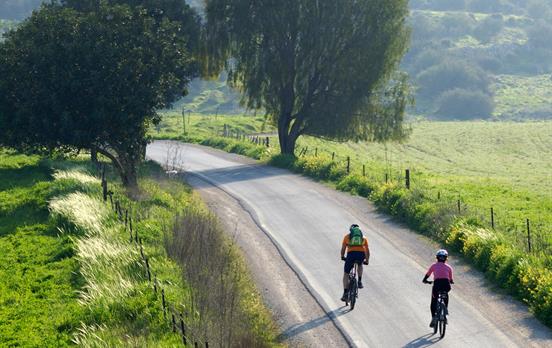
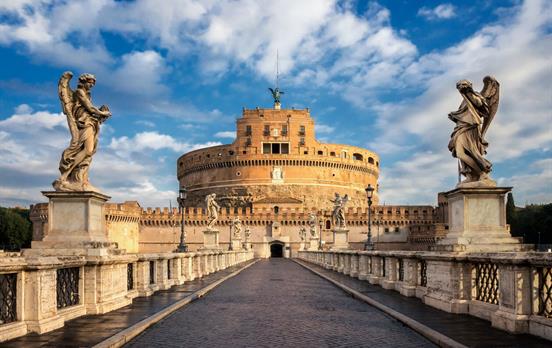
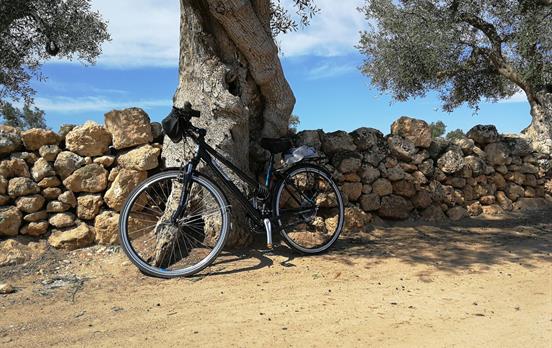
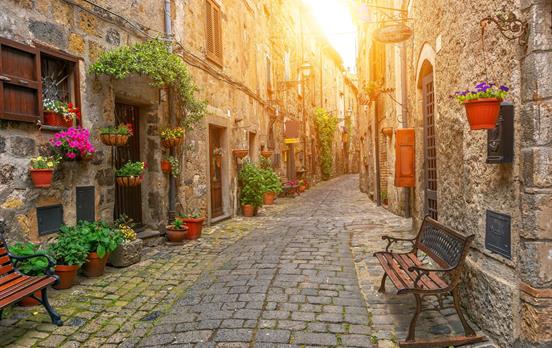
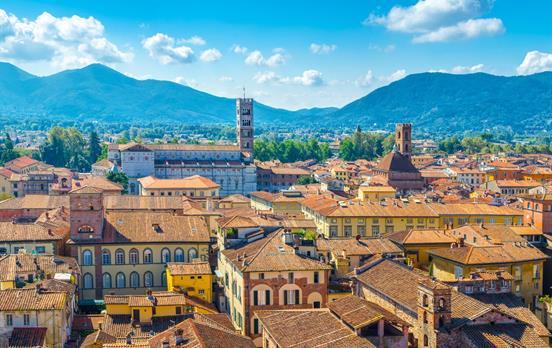










































 Australia
Australia New Zealand
New Zealand South Africa
South Africa European Union
European Union